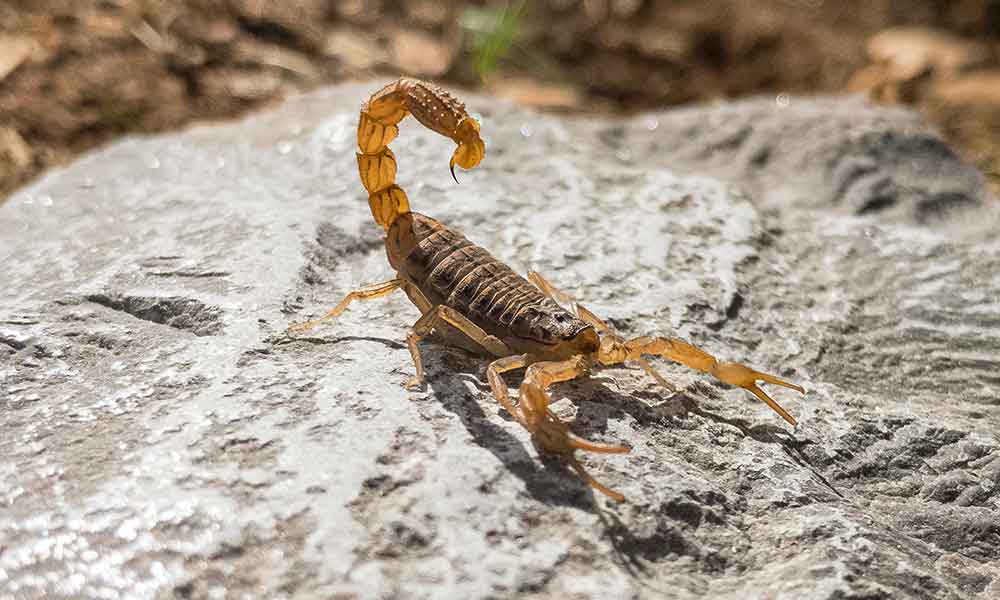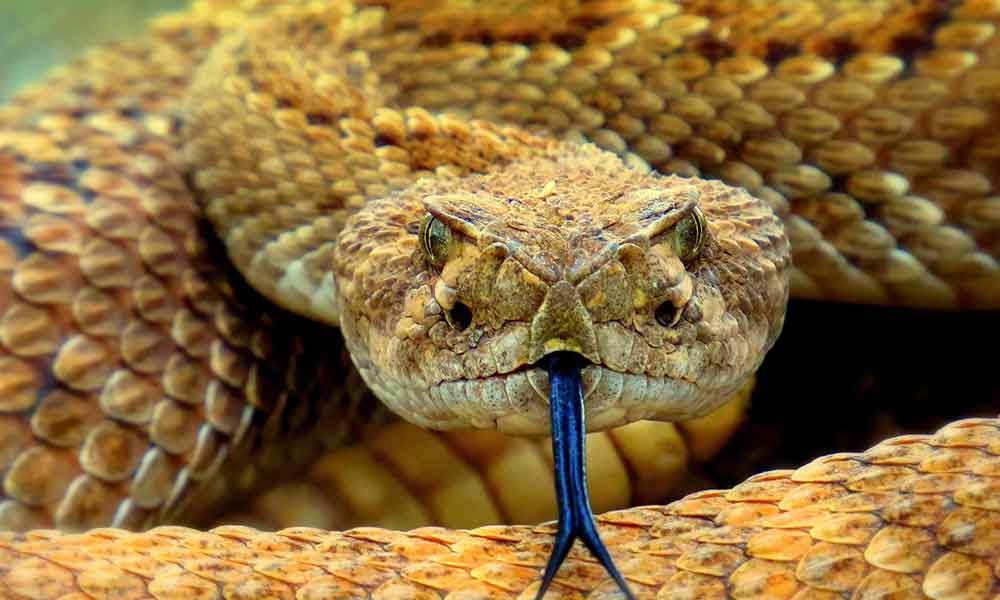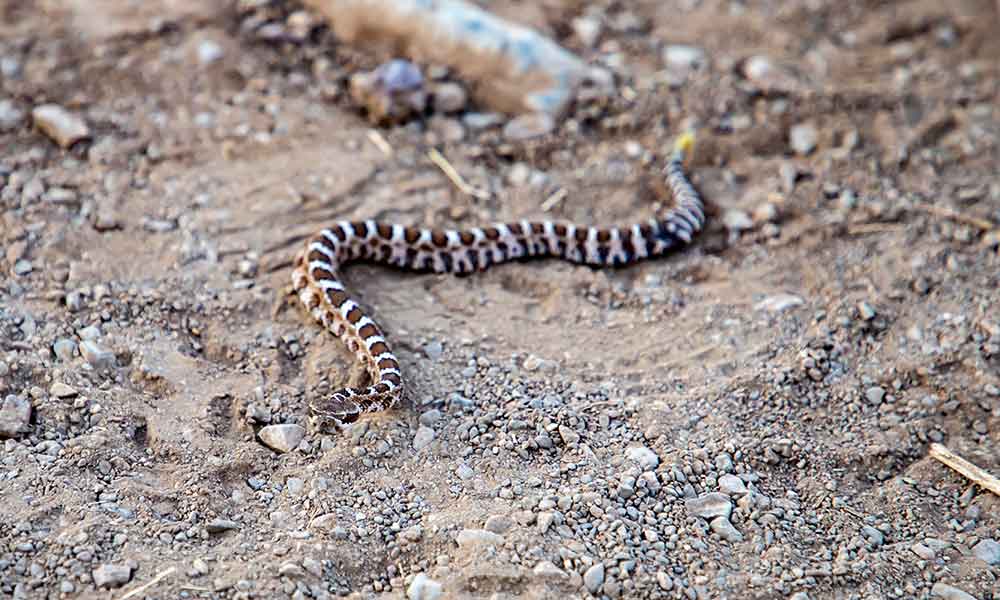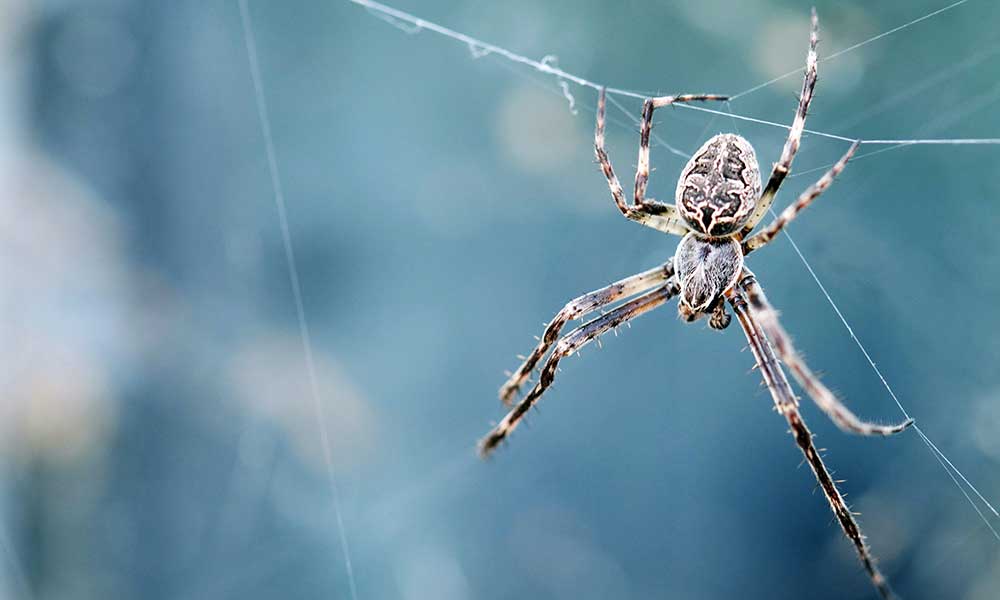Sea lions and seals are classified as “pinnipeds”, which roughly translates as “feather-footed” or “fin-footed” and also includes the walrus.
The differences between seals and sea lions: Sea lions have ear flaps. Seals do not. Sea lions make a lot of noise. Seals do not. Sea lions can get around on land with their pectoral flippers. Seals don’t have pectoral flippers.
These two animals are closely related and have a lot of things in common, leading many to confuse them.
But telling them apart is actually quite easy.
Sea Lions vs Seals: How to Tell Them Apart
There are several differences between seals and sea lions. The following describes the difference between the California sea lion (Zalophus californianus) and the harbor seal (Phoca vitulina), the most common variations of these two animals:
- The Ears: Sea lions have little flappy ears but seals don’t have any ear flaps. The earholes are still there, but you’ll have to get close to see them and there are no flaps.
- The Noise: Sea lions are noisier and more vocal than seals. The former make a lot of noise; the latter are limited to soft grunts.
- The Nature: Seals are made for water. They don’t move well on the land, can’t walk, and will generally try to avoid humans at all costs. Sea lions, on the other hand, can place their flippers underneath their body and rotate them forward, allowing them to “walk”. They are also less wary of humans.
These are the main differences, but there are others.
For instance, seals are generally quite solitary animals and it’s not uncommon to find them living alone or in very small groups.
Sea lions prefer to be in large herds of up to 1,500.
Harbor Seals, Fur Seals, and Other Species
There are several varieties of sea lions and seals. The above is true for California sea lions and harbor seals, but what about other species?
Well, that’s where it gets a little more complicated, but there are still ways to differentiate the two.
Fur seals can look a little more like sea lions, especially when you consider they have fur and ear flaps.
However, the fur looks much darker and often appears black, as opposed to the brown fur of many sea lions.
Fur seals and sea lions also have different amounts of cartilage in their hind flippers.
A fur seal’s hind flippers are much longer, allowing them to reach around their bodies and clean their fur.
Sea lions also have fur, but it’s not as thick or problematic and doesn’t need as much grooming.
Based on the above information, it shouldn’t be too difficult to tell fur seals apart from sea lions, but that doesn’t really help you when it comes to seals vs sea lions.
Despite the name, fur seals are more closely related to sea lions than true seals.
Generally speaking, if they have ear flaps, they’re probably not true seals.
Which Is More Aggressive: Seal Or Sea Lion?
Again, it all comes down to species, but seals might have the edge here.
The leopard seal is arguably more aggressive than other seals and sea lions.
Leopard seals often play the bad guys in animated films, including Happy Feet, and their less than favorable reputation is deserved.
Do Sea Lions Eat Seals?
Steller sea lions have been known to eat seals.
It’s not their preferred food, but these massive marine mammals (Steller sea lions are up to 9.5 feet long and can weigh over 700 pounds) will kill and eat whatever they can get their flippers on.
Which Are Better Swimmers Seals Or Sea Lions?
Seals are more adapted to the water than sea lions.
They are better swimmers and are able to use their tails to generate more thrust. Both seals and sea lions are great swimmers, though.
Are Sea Lions And Seals Dangerous?
Sea lions rarely attack humans, but like all marine mammals, they’re not very comfortable in the presence of humans and can lash out if they are threatened.
It’s best to keep your distance from these animals and make sure that your children do the same.







